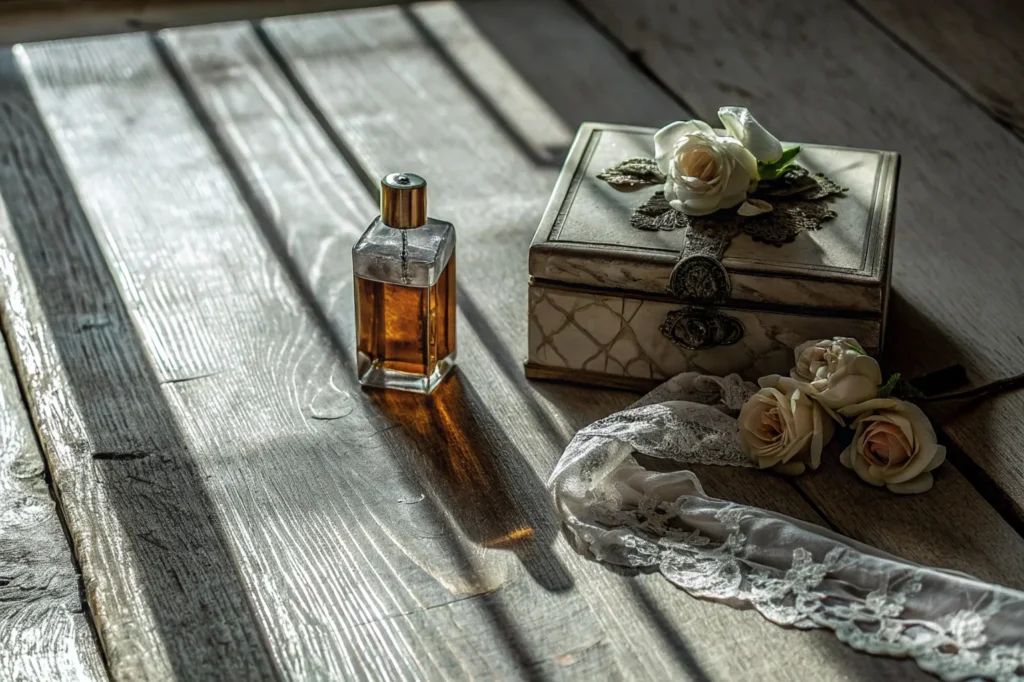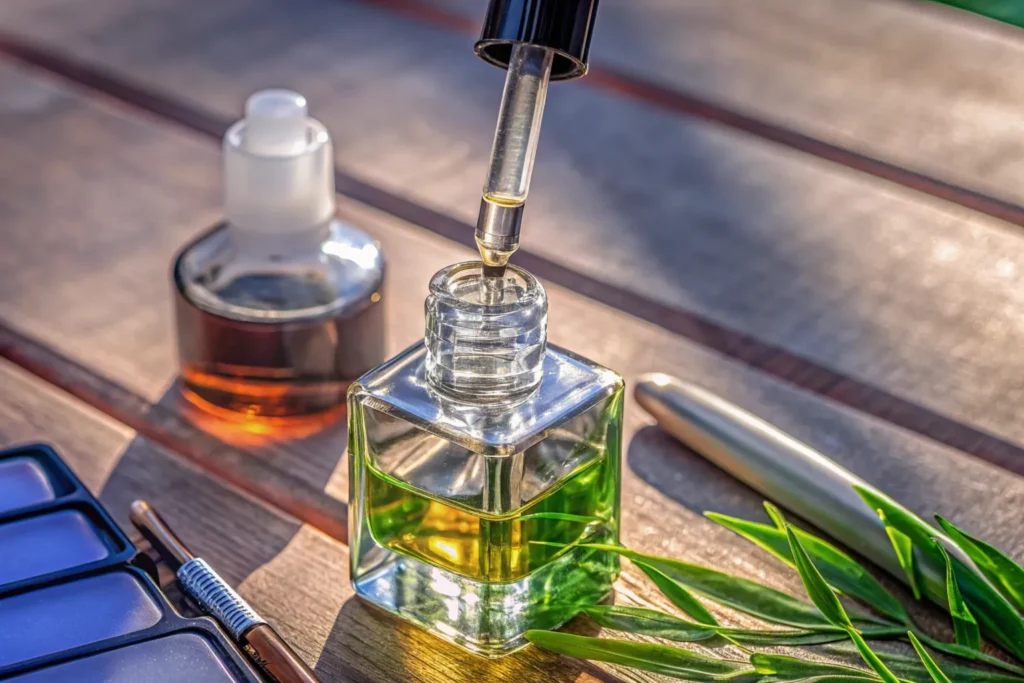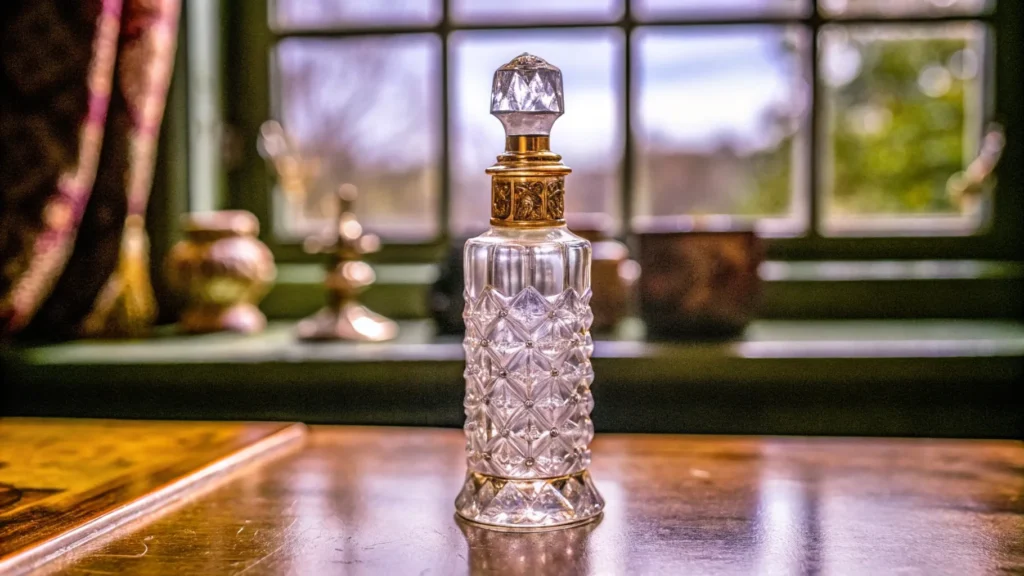Custom perfume bottles are an excellent way to enhance brand recognition and create a unique and memorable experience for consumers. A well-designed custom perfume bottle can make your brand stand out from the competition and establish a long-lasting connection with customers. In this article, we will discuss how to make a custom perfume bottle for branding.

Define Your Brand
Before creating a custom perfume bottle, it is essential to define your brand. This includes identifying your target market, your brand’s personality and values, and the message you want to convey. Knowing these aspects of your brand will help you design a perfume bottle that aligns with your brand identity and resonates with your target audience.
Determine Your Bottle Specifications
Once you have defined your brand, the next step is to determine your bottle specifications. This includes selecting the shape, size, and material of your bottle. The shape and size of the bottle will depend on the type of fragrance you are selling and the target market. The material of the bottle will determine the level of durability, aesthetics, and cost.
Design the Label
The label is an essential element of your custom perfume bottle. It is the first thing that consumers will see, and it needs to be visually appealing and informative. The label should include your brand name, fragrance name, description, and any other relevant information. The design of the label should be consistent with your brand identity and resonate with your target audience.
Select the Color Scheme
The color scheme of your custom perfume bottle should complement your brand identity and the fragrance inside. The colors should be consistent with your brand’s personality and values. Consider using color psychology to create an emotional response from consumers. For example, red is associated with passion and excitement, while blue is associated with calmness and trust.
Choose the Applicator
The applicator of your custom perfume bottle is a crucial component of the design. The applicator should be easy to use and consistent with the fragrance type. For example, a spray applicator is best for eau de parfum and eau de toilette, while a rollerball applicator is best for perfume oil. Consider the material and design of the applicator to ensure it aligns with your brand identity.
Select the Packaging
The packaging of your customized perfume bottle should be consistent with your brand identity and the fragrance inside. The packaging should be visually appealing, functional, and protective. Consider the use of eco-friendly materials to appeal to consumers who are environmentally conscious. The packaging should also include any necessary information such as ingredients, directions for use, and any warnings.
Test Your Custom Perfume Bottle
Before mass-producing your custom perfume bottles, it is essential to test the design and functionality. This includes testing the fragrance application, durability, and overall user experience. Consider conducting focus groups and surveys to gather feedback from potential customers. The feedback can help you refine your design and ensure it aligns with your target market.
Mass-Production and Launch
Once you have tested your custom perfume bottle, you can move forward with mass-production and launch. Consider partnering with a reputable manufacturer to ensure the quality and consistency of your product. Once your custom perfume bottles is ready, you can launch your product through various marketing channels such as social media, influencer marketing, and in-store displays.
In conclusion
A well-designed custom perfume bottle can enhance brand recognition, establish a connection with consumers, and create a unique and memorable experience. Before creating a custom perfume bottle, it is essential to define your brand, determine your bottle specifications, design the label, select the color scheme, choose the applicator, select the packaging, test your design, and move forward with mass-production and launch. By following these steps, you can create a custom perfume bottle that aligns with your brand identity



